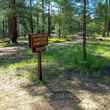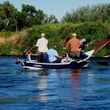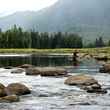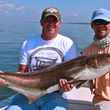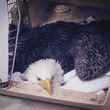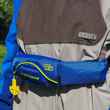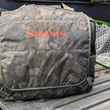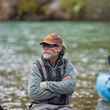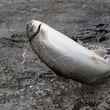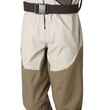The Guarding Our Great Lakes Act, proposed by two Michigan senators, is being praised by groups seeking to protect the fisheries of the Great Lakes from an invasion from Asian carp. Both Trout Unlimited and the Great Lakes Commission issued releases today commending Rep. Dave Camp (R) and Sen. Debbie Stabenow (D) for proposing the legislation.
Asian carp, prevalent throughout much of the Mississippi River basin, pose what is regularly referred to as a "devastating" threat to the species regularly targeted by anglers in the Great Lakes region, such as king and coho salmon, steelhead, lake trout, brown trout, walleye and more. Many preventative measures are already in place throughout the region but the battle is an ongoing one and vigilance is required in order to keep Asian carp from entering the Great Lakes.




